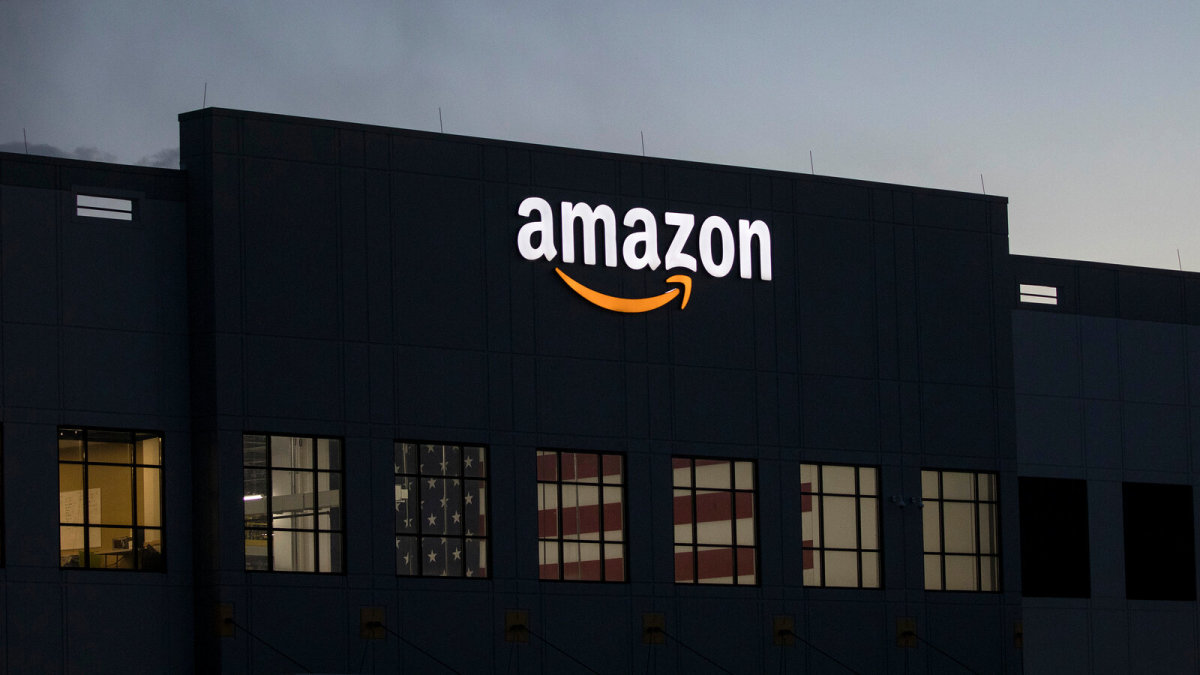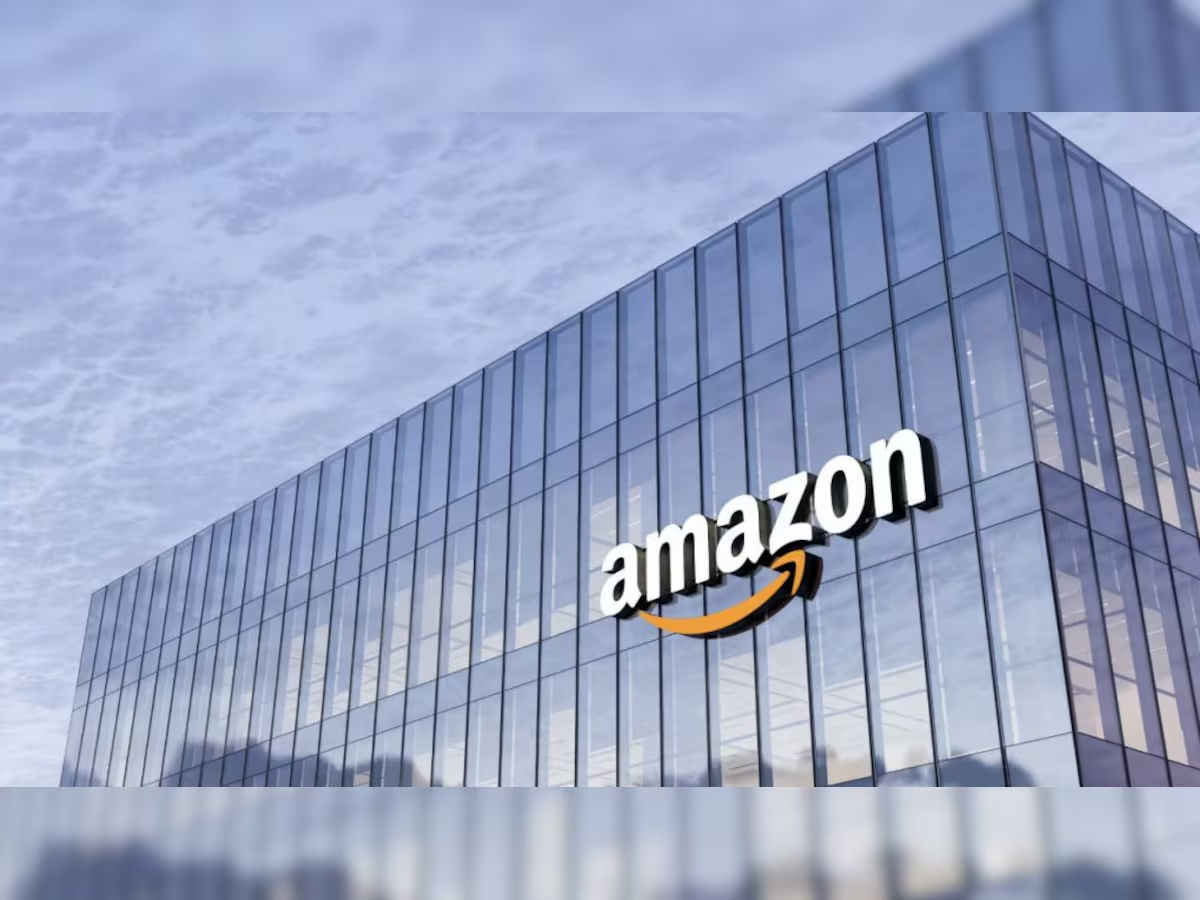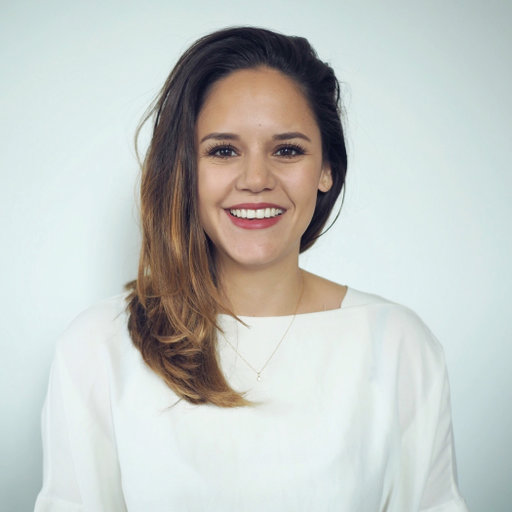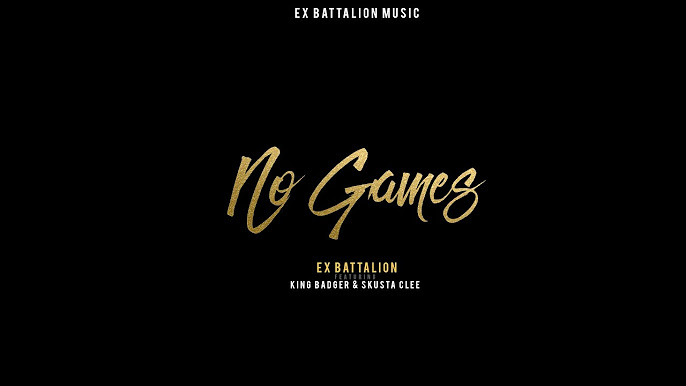Takes an Important First Step on Chemicals in Clothing
Por um escritor misterioso
Descrição
the largest clothing seller in the US, lags in its protecting consumers and workers from the toxic chemicals often found in apparel. - This victory originally appeared in our Spring 2023 Green American Magazine , the largest clothing seller in the US, lags in its protecting consumers and workers from the toxic chemicals often found in apparel. It’s making progress, thanks to activism by Green Americans. For two years, Green America’s Toxic Textiles campaign called on to address toxic chemicals in all the apparel it sells. Nearly 40,000 Green Americans urged to act quickly on dangerous chemicals in the tens of thousands of pieces of clothing, footwear, and accessories sold on its website. Green America also engaged activists online through videos and social media. In response, announced that its private label brands will comply with AFIRM’s Restricted Substance List (RSL) for apparel, accessories, and footwear products in North America, Europe, and Japan. AFIRM is a membership organization for the apparel and footwear sector that works to address chemical management. The AFIRM RSL ensures that chemicals of concern are below certain thresholds in products sold to consumers. In theory, that would mean when customers purchase products from ’s private labels including Essentials, Mae, Goodthreads, 206 Collective, Core 10, or other of its apparel brands, they should be protected from exposure to some of the most toxic chemicals and heavy metals. Advocates and experts, including Green America’s labor campaigns director Jean Tong, are concerned this does not go far enough to protect consumers and workers. For workers in particular, Green America is pushing to adopt a Manufacturing Restricted Substances List (MRSL) to reduce exposures to toxic chemicals in all its supplier factories, not just what is on the clothes at the time of sale. Since the vast majority of apparel sold on .com is from third-party companies, it needs to ensure all the clothing it is selling protects consumers and workers. In addition to the MRSL, should take the meaningful step to join The International Accord for Health and Safety in the Textile and Garment Industry, which is a “legally binding agreement between more than 180 garment brands/retailers and global trade unions to make textile and garment factories safe.” “Green America and our allies are calling on to do the right thing and go further,” says Tong. “When people spend their hard-earned money on , they shouldn’t have to worry whether they are exposing their family to toxic chemicals. And, no one wants workers harmed in the making these products. It’s time put consumers and workers’ concerns before profit by adopting the International Accord and a MRSL." - Green America

The Importance Of pH In The Textile Industry: From Production To Processing
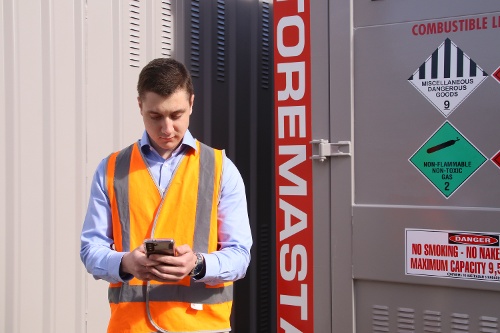
5 Steps to Storing Chemicals Safely in the Workplace
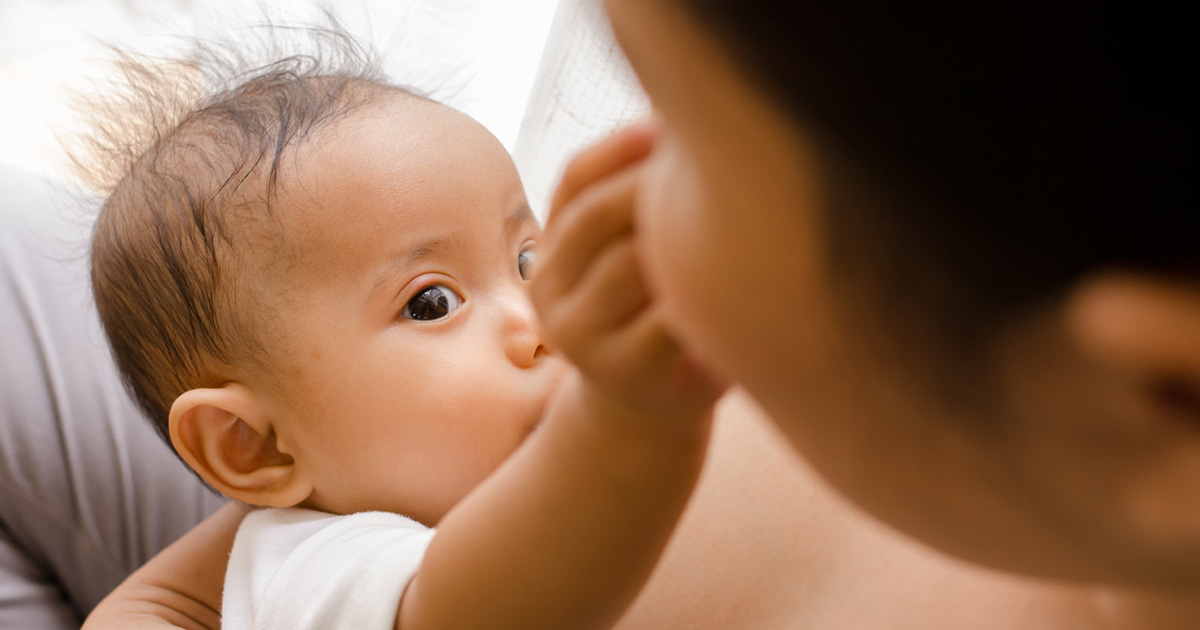
100% of breast milk samples tested positive for toxic “forever chemicals” - Toxic-Free Future

Your steps to chemical safety
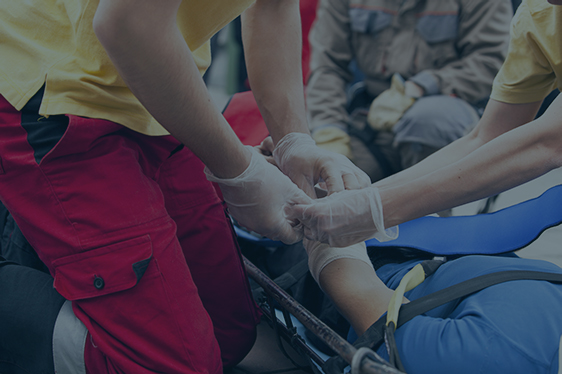
Solace Global - The six most important first aid steps for acid burn victims

Eight Important Moments in Responsible Fashion This Year - The New York Times

10 Lab safety rules every researcher must follow

Sustainable Personal Protective Clothing for Healthcare Applications: A Review
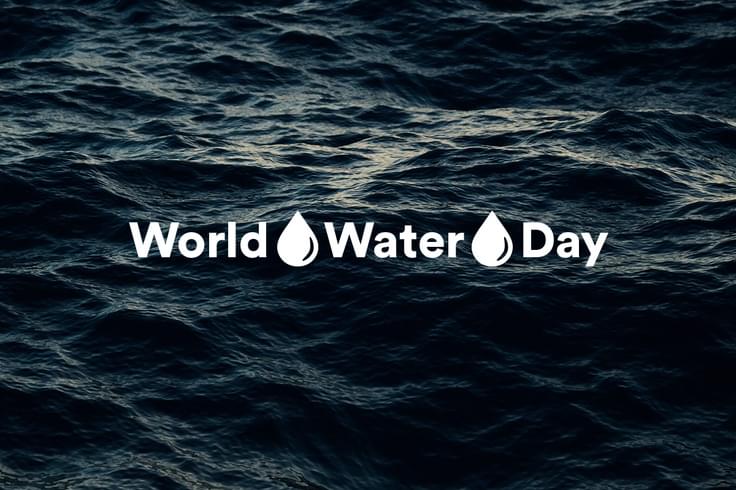
Reducing the fashion industry's water footprint
de
por adulto (o preço varia de acordo com o tamanho do grupo)
